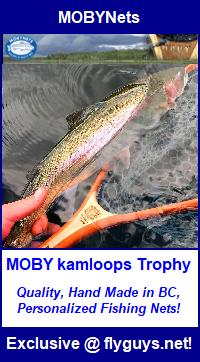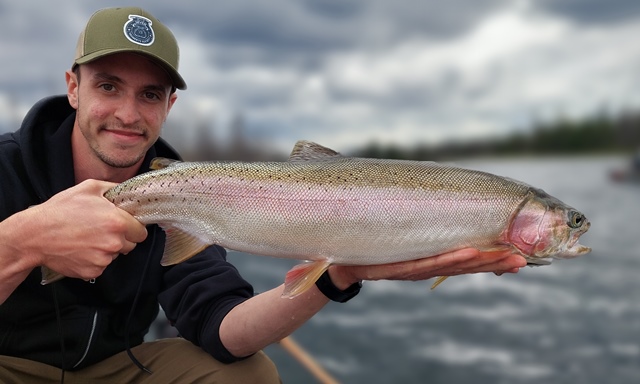
Flattening the Fly Fishing Learning Curve
Top 5 Tips to Getter Done!
Flattening the Fly Fishing Learning Curve | Introduction
As with most hobbies fly fishing can be a rather daunting, even intimidating sport to start
out in. As someone who pretty much restarted from scratch only 5 years ago, I decided to compile the top 5 tips that have helped me flatten the learning curve. More specifically, this article will be focused on stillwater fly fishing in the interior region of British Columbia.
Flattening the Fly Fishing Learning Curve | Background
I have spent my whole life living in Kamloops, and spent a majority of that time fishing
many of the local lakes. Like many folks in the area, my fishing journey started out just trolling lures with my grandfather with mild success. This eventually led to my first time “fly fishing”, that is trolling leeches and Doc Spratley patterns, with slightly more success than the lures. Eventually I started noticing that some of the fishermen who had their boats anchored, and were casting, were catching fish much more frequently than me. What were they doing differently? And after an eye opening fishing trip with a much more experienced buddy of mine, I knew I had a lot more to figure out about this whole fishing thing.
#5 Document Fishing Trips
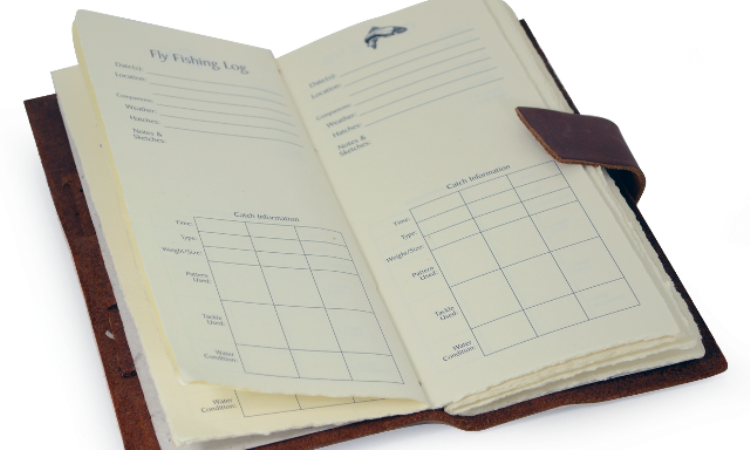 First, documentation. Keeping a journal or a log book of your fishing trips is a great way
First, documentation. Keeping a journal or a log book of your fishing trips is a great way
to progress in fly fishing, and set yourself up for future success on the water! It allows you to look back on past trips and plan new ones. Keeping information such as lake, time of year, weather, water temp, flies that worked well, what depth the fish are at and what they are eating is extremely valuable. It is safe to say that all of the successful fishermen I have met do this in some form. They can look back on previous years at a certain lake, and have a pretty good idea of what might happen if they return the same time next year. It may not pay off right away, but you’ll thank yourself later!
#4 Keep It Simple
This is one that applies to fly tying, which is a topic that really deserves an article of its
own. However we can’t fly fish without flies so here we go …
One of the toughest obstacles I found when learning to fish was navigating the endless amount of fly patterns available. The internet is a gift and curse in this regard. The amount of information available right at our fingertips is amazing. For example, type “leech fly pattern” into google and you’re instantly met with thousands of different leech patterns. All of them will catch a fish I’m sure. But we really don’t need a million leech patterns in our fly boxes. For a while I was tying every new pattern I saw online. This quickly became impractical. Instead I chose a couple patterns for each bug that I have confidence with and just used those. I found more success while focusing on changing location, depth and presentation, instead of constantly changing my fly (more on this later).
Now this is a bit tougher when talking about chironomid pupa patterns as there are thousands of different species, but still applicable. I found focusing on size and profile first, then colour (dark or shiny) is key. I also noticed that smaller details like rib colour, split gills, wing buds, double ribs and all the other bells and whistles had less of an impact on my fishing.
My advice when starting out, tie simple chironomid patterns and remember, slim to win! If you’re unsure of what patterns you’ll need for your area, local fly shops are a great source of intel.
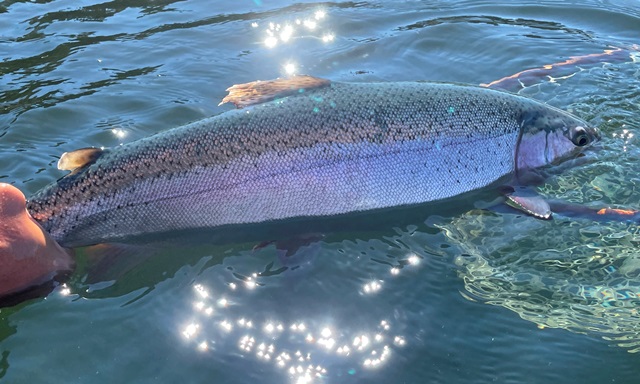
#3 Location, Location, Location
Location is important in a few ways here, and something I still have to remind myself not
to overlook. Of course the lake you’re fishing at is important, and that can have many factors in itself. But what I’m talking about here is where you’re fishing on that lake, especially what depth you’re fishing. While I can’t guarantee much, I can guarantee that in order to catch a fish, it first has to see your fly, and to do that, you need to put your fly where the fish can see it! Finding where the fish are is crucial, and I never leave the house without my fish finder. In fact it’s so important, that one of the first things Rob ever taught me, was to leave my rods in their tubes until I have found the fish and anchored my boat. Otherwise it may be too tempting to just set up and fish in a spot that has no fish. To further this point, I highly recommend checking out the Finding Fish article on the site. A quote from that article that should be on repeat every time you fish is “The wrong fly in the right location will catch at least the occasional fish. The right fly in the wrong location will catch nothing.”
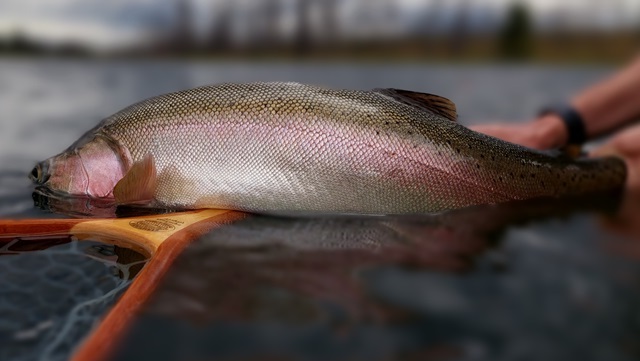
#2 Listen To The Old Guys
This is often overlooked, even taken for granted. But very important in a close second
place, is listening to the old guys. And by old guys I mean those who have countless years of experience fishing. These are guys who have taken step one and applied it over many decades. They often have very valuable insight and advice, and if they choose to share it, listen to them! I can not count how many times this has helped me, from learning techniques like long lining chironomids, optimizing my equipment, even some entomology lessons just to name a few. You never know what you might learn!
#1 GO FISHING
Here I’ve saved the best for last, it may seem a little obvious, but this really is the most
important part. It doesn’t matter how many books you read, or how many flies you tie, nothing can replace time spent on the water. Whether you catch 20 fish in a day, or get skunked, there is always something to take away or a lesson to be learned. And one thing is for certain, you can’t catch ’em from the couch, so once you’re done reading this, get out and GO FISHING!
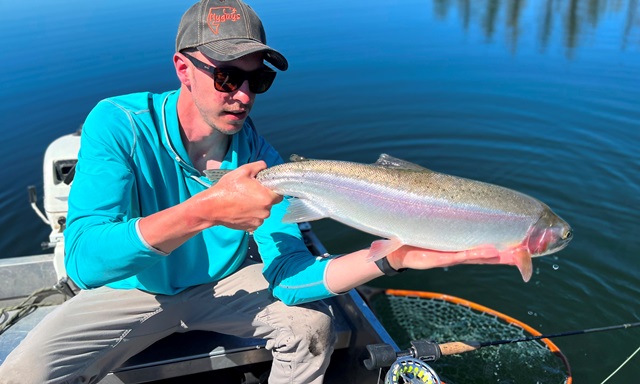
Flattening the Fly Fishing Learning Curve | Conclusion
When it comes to fly fishing, the learning never ends. Every day can and often presents
a new situation or problem to be solved. Either on the water or at the tying bench. Technology and patterns are always evolving as everyone continues to learn. Hopefully this helps you as much as it helped me, and don’t forget to go fishing!
Good luck and tight lines, Matt.
Like our stuff? Subscribe by ![]() Feed or
Feed or ![]() Email
Email .jpg)







